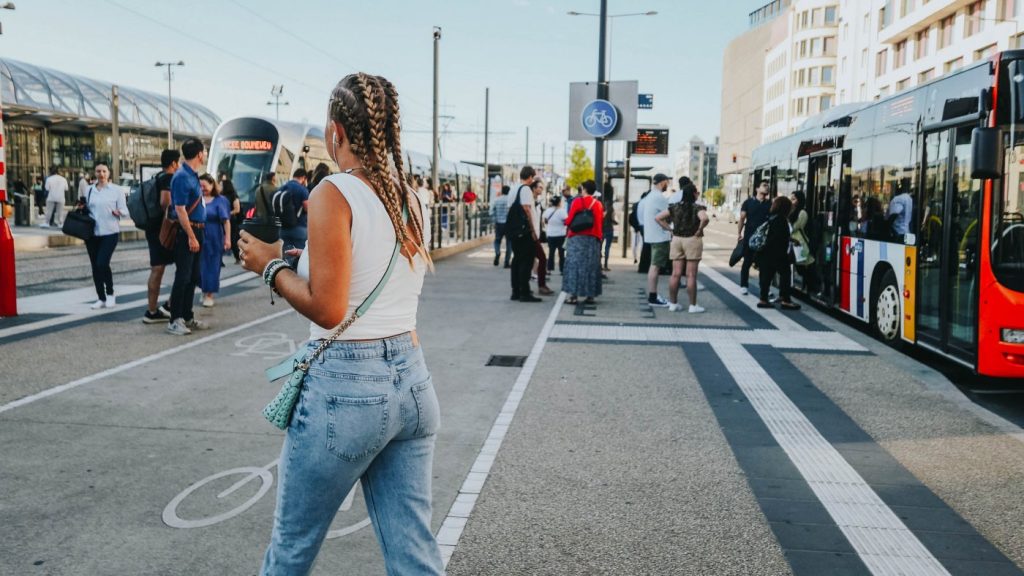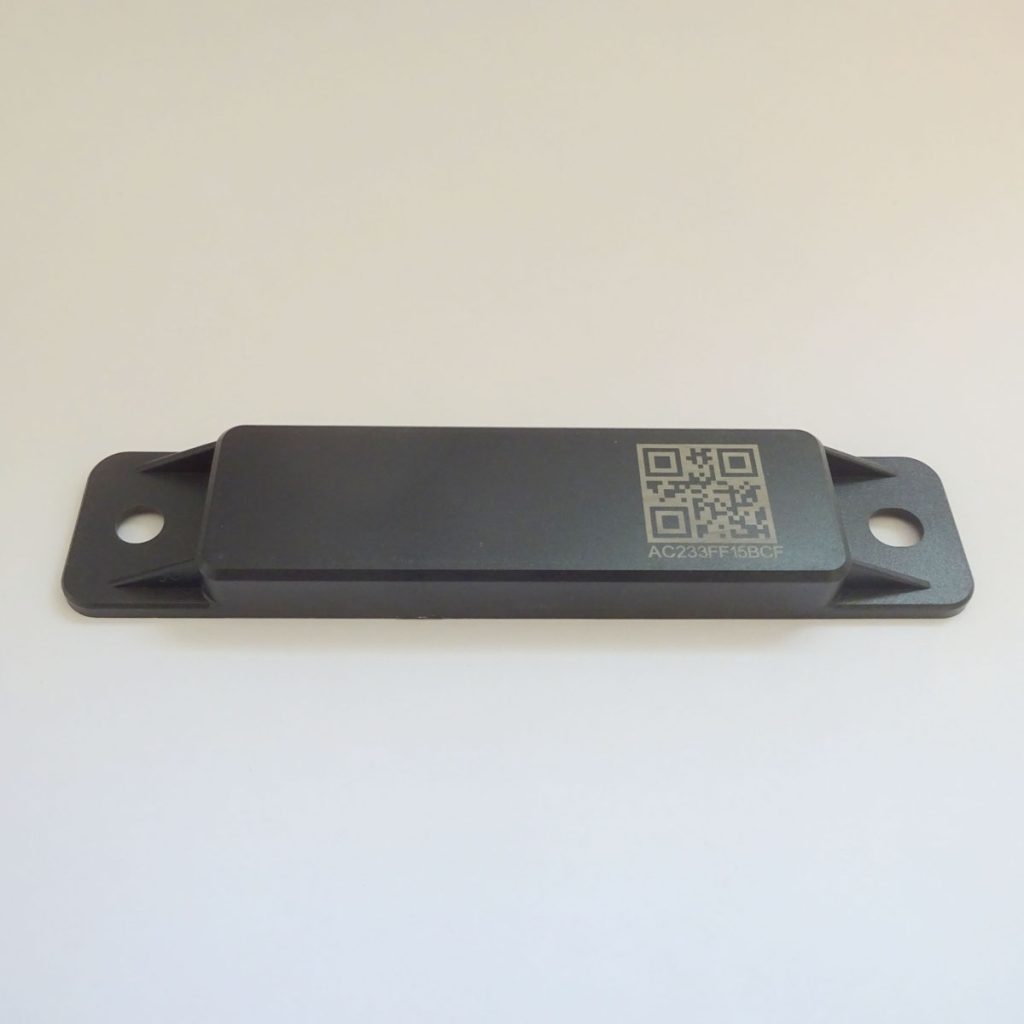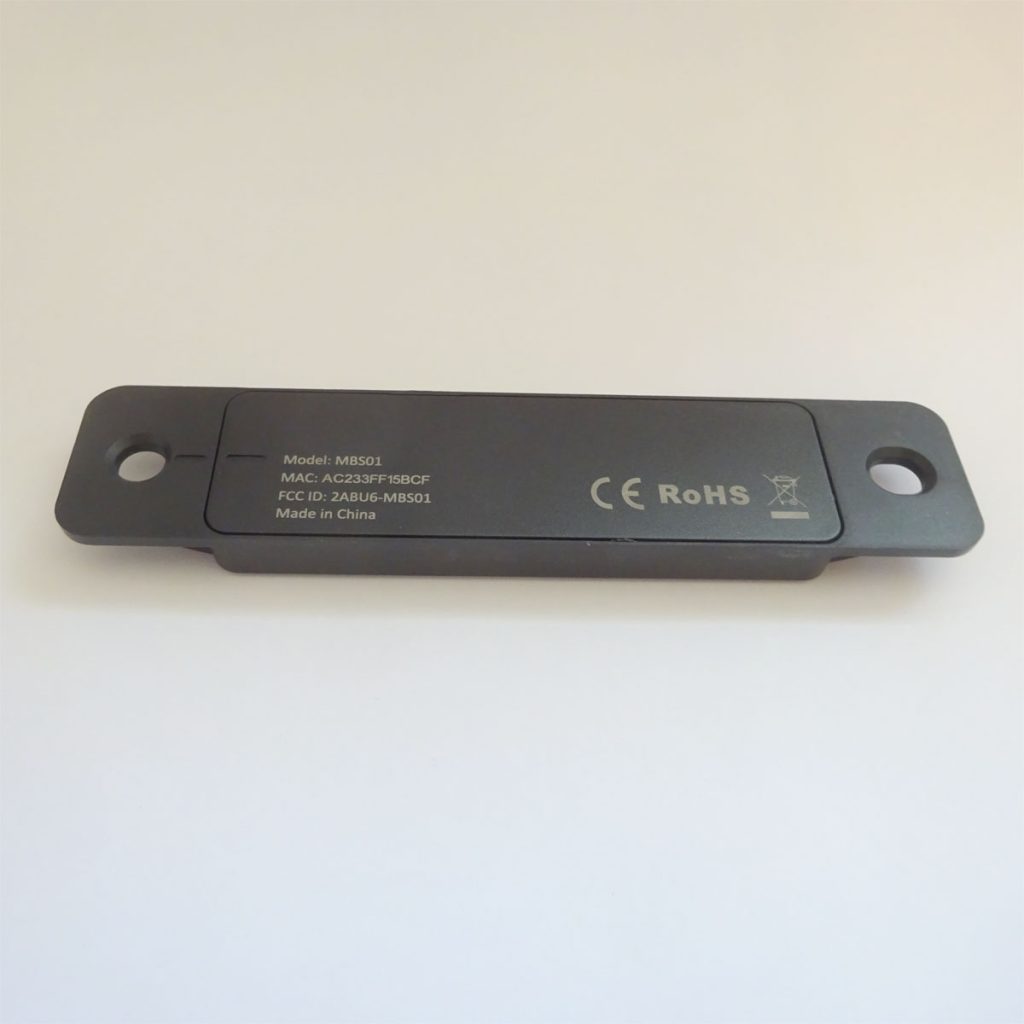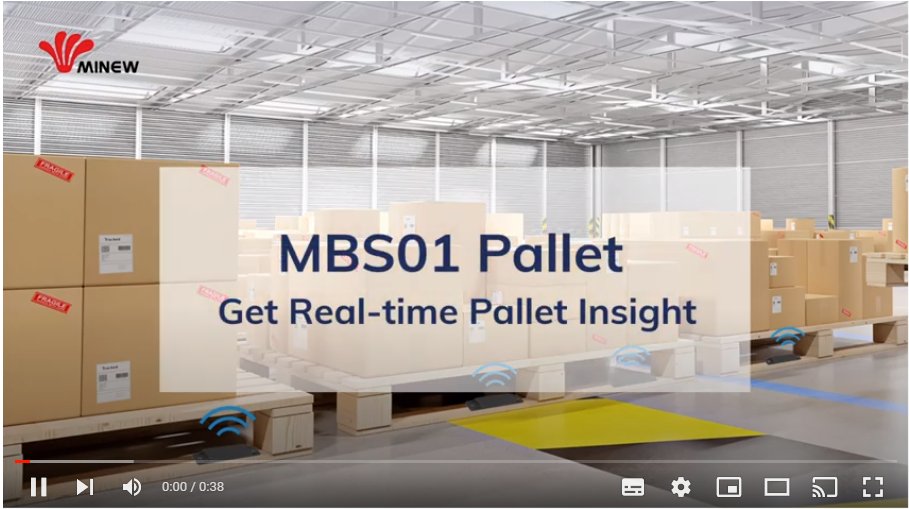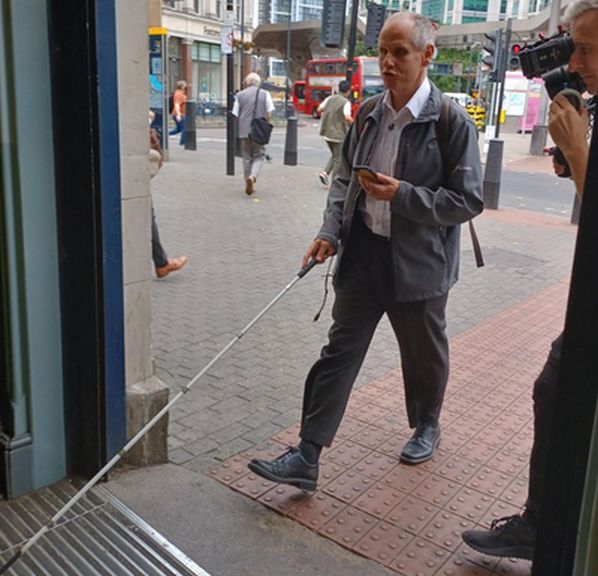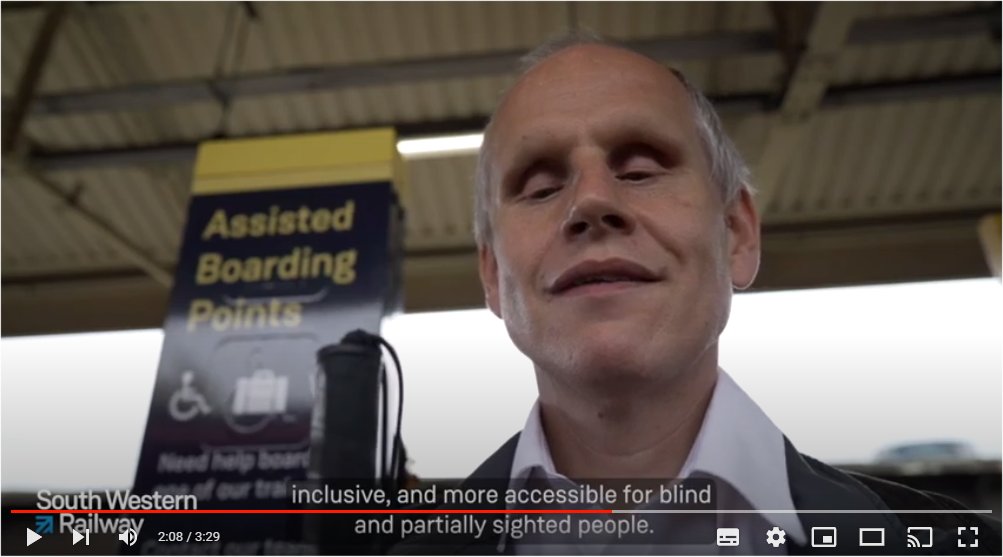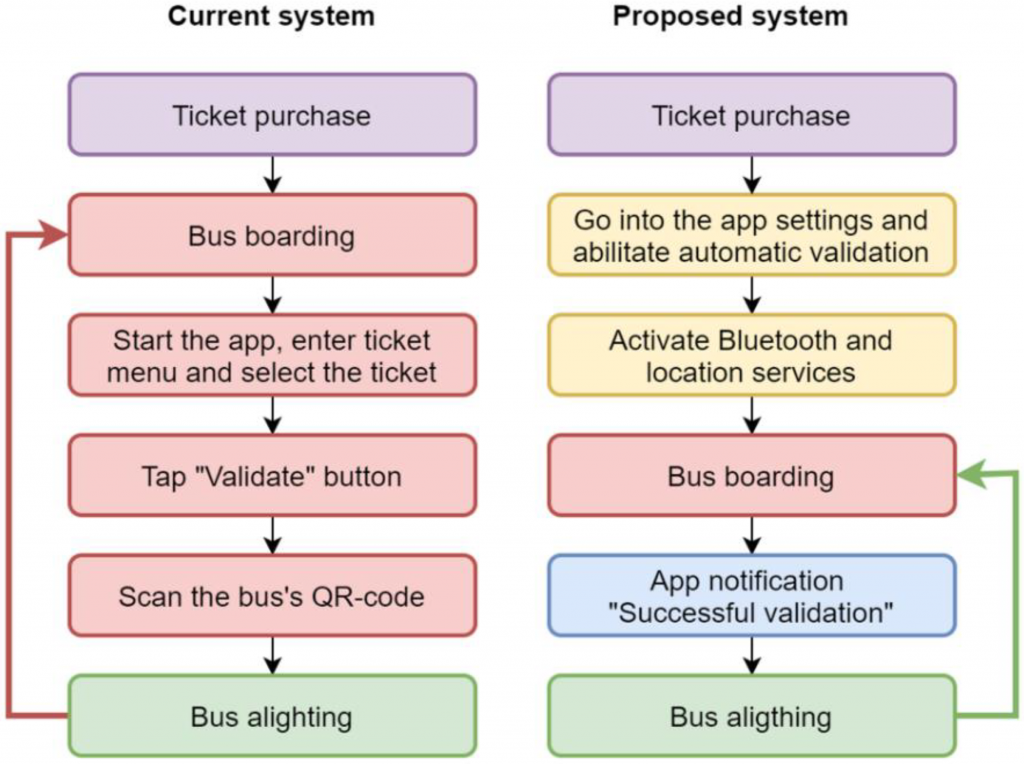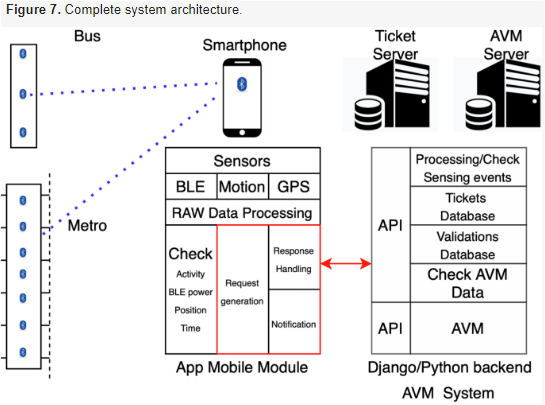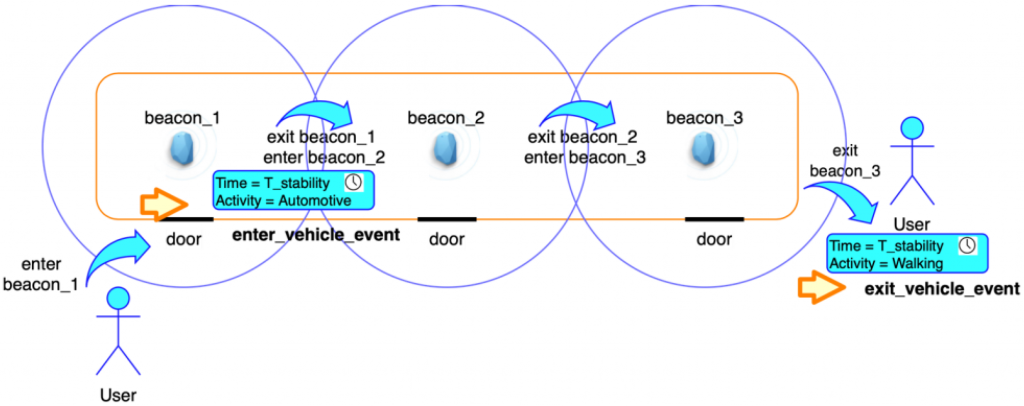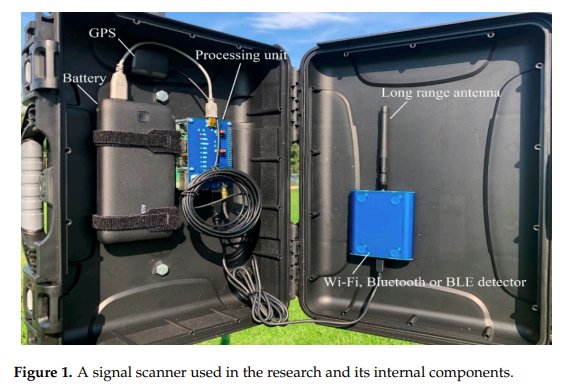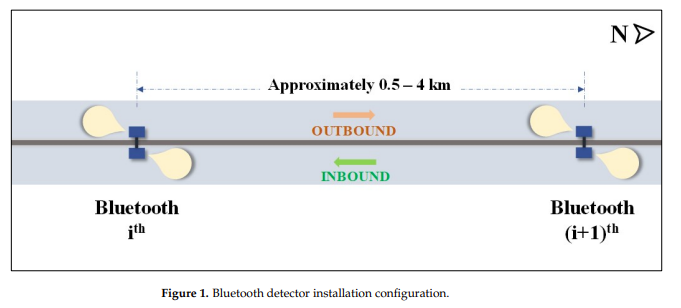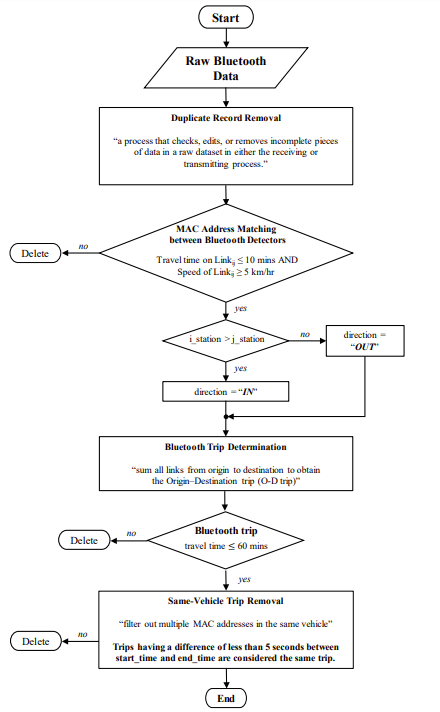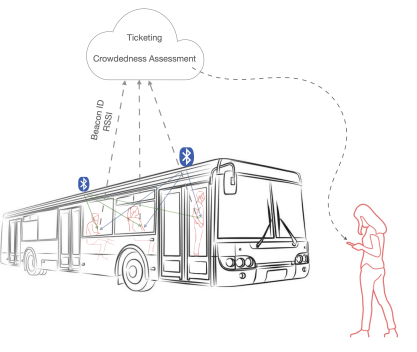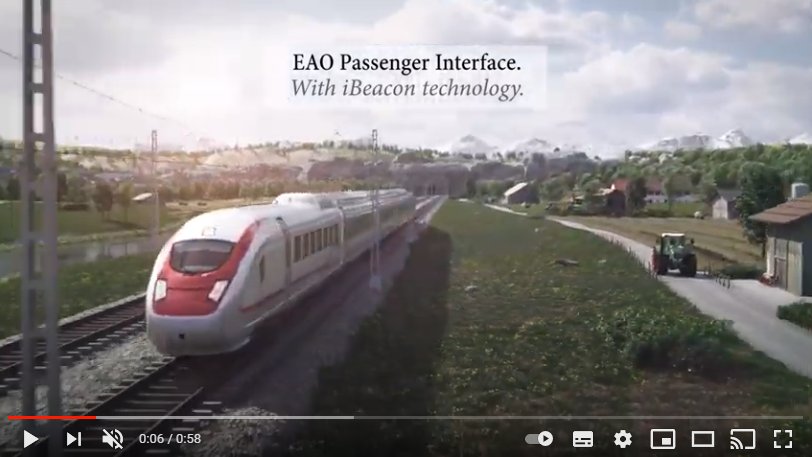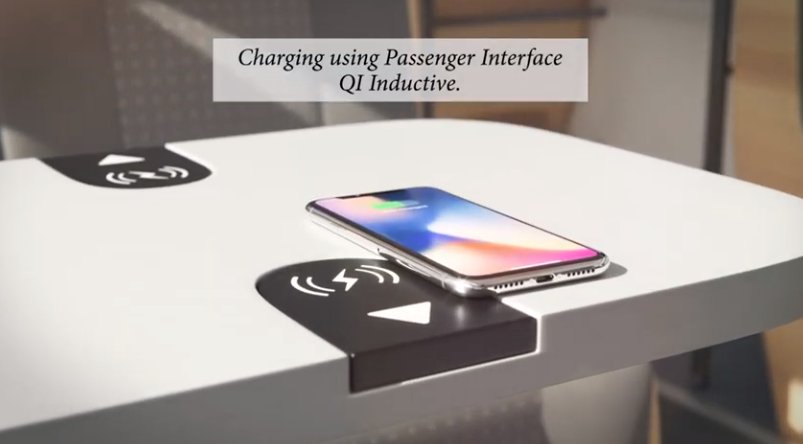Road traffic accidents have been steadily increasing, raising concerns among authorities and the public alike. A significant number of these accidents can be attributed to factors such as driver error and a blatant disregard for obeying traffic signs. While these human-induced errors persist, there is a hope on the horizon in the form of Connected and Automated Vehicles (CAVs). These vehicles, equipped with advanced technology, are anticipated to drastically reduce the number of accidents by navigating roads more safely and efficiently than traditional vehicles.
A component in the deployment and effectiveness of CAVs is Vehicle-to-everything (V2X) communication. This encompasses infrastructure-to-vehicle (I2V) and vehicle-to-vehicle (V2V) communication, acting as a bridge to enhance road safety for vehicles driven both manually by humans and automatically by systems. These modes of communication ensure that vehicles are constantly in touch with their surroundings, be it other vehicles or the infrastructure, allowing them to make informed decisions.
Enter Bluetooth Low Energy (BLE) beacons, a technology that holds significant potential for I2V communication. Their appeal lies in their affordability, compactness, low energy consumption, wide compatibility with contemporary devices, and an impressively extensive range. Given these attributes, there’s growing interest in evaluating BLE beacons’ efficacy when used as roadside units (RSUs) attached to traffic signs. The goal? To seamlessly convey time-critical information to vehicles, especially in bustling urban settings.
A comprehensive study was conducted to look into this very potential. This involved integrating a CAV development platform to discern if the vehicle could aptly receive the beacon message from a distance that allows for sufficient reaction time, especially when adhering to the speed limits set for that particular road. The study was meticulous, taking into account the road’s geometry and the varying conditions it might present, from dry surfaces to wet terrains.
Furthermore, this research wasn’t just limited to understanding the capability of BLE beacons. It also looked into testing diverse BLE beacon configurations to pinpoint the optimal setup that ensured the required distance was met for all signs. This was imperative to ensure that CAVs could safely detect the signs and respond accordingly.
The findings were promising. The results demonstrated that BLE beacons, when positioned and configured appropriately, have immense potential to be employed in time-sensitive I2V communications on urban roads. Moreover, the study succeeded in identifying the optimal beacon configurations for signs, ensuring they are detected safely by CAVs, marking a significant stride towards safer urban roads in the future.
